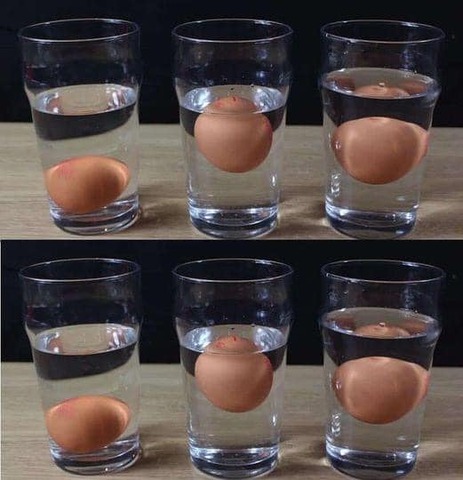Eggs are a popular food in many households, appreciated for their versatility and health perks. However, it’s crucial to determine if an egg is fresh or spoiled for both taste and safety. Consuming a bad egg can lead to food poisoning, so it’s essential to know how to check their freshness. Here are some simple ways to assess the state of an egg.

1. The Float Test
This classic method is straightforward and effective for checking if eggs are fresh:
Fill a bowl with water and gently place the egg in it. Fresh eggs will sink flat on the bottom. If the egg stands upright or floats, that indicates it has gone bad and might not be fresh anymore.
Why It Works:
Eggshells have tiny holes that allow air inside over time. Fresh eggs contain little air, making them heavier. Older eggs absorb more air which causes them to float.
2. The Sniff Test
Sometimes just using your nose is enough:
Crack the egg into a bowl and take a whiff! Fresh eggs smell neutral while spoiled ones emit a strong, unpleasant odor.
Note:
Always wash your hands & any surfaces that came into contact with the egg to prevent bacteria from spreading or causing contamination.
3. The Shake Test
Another quick method is gently shaking the egg:
Hold it close to your ear & shake lightly! If you hear sloshing sounds, that’s an indication it’s too old. Fresh eggs don’t make much noise because their yolks & whites are firmer.
Why It Works:
As eggs age, their yolk and whites break down which allows them to move around more inside the shell.
Why Freshness Matters
Fresh eggs taste better & give you confidence when cooking for family & friends! Knowing these easy tests helps you avoid eating spoiled ones & ensures your meals are always delicious!
Next time you’re uncertain about an egg’s freshness try these methods out! Safe cooking starts with using fresh ingredients

